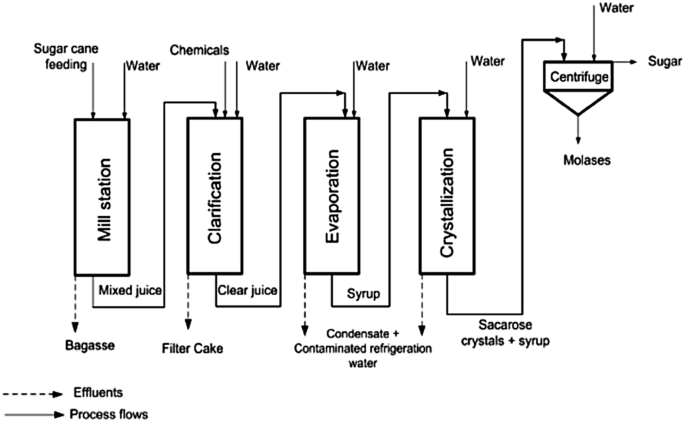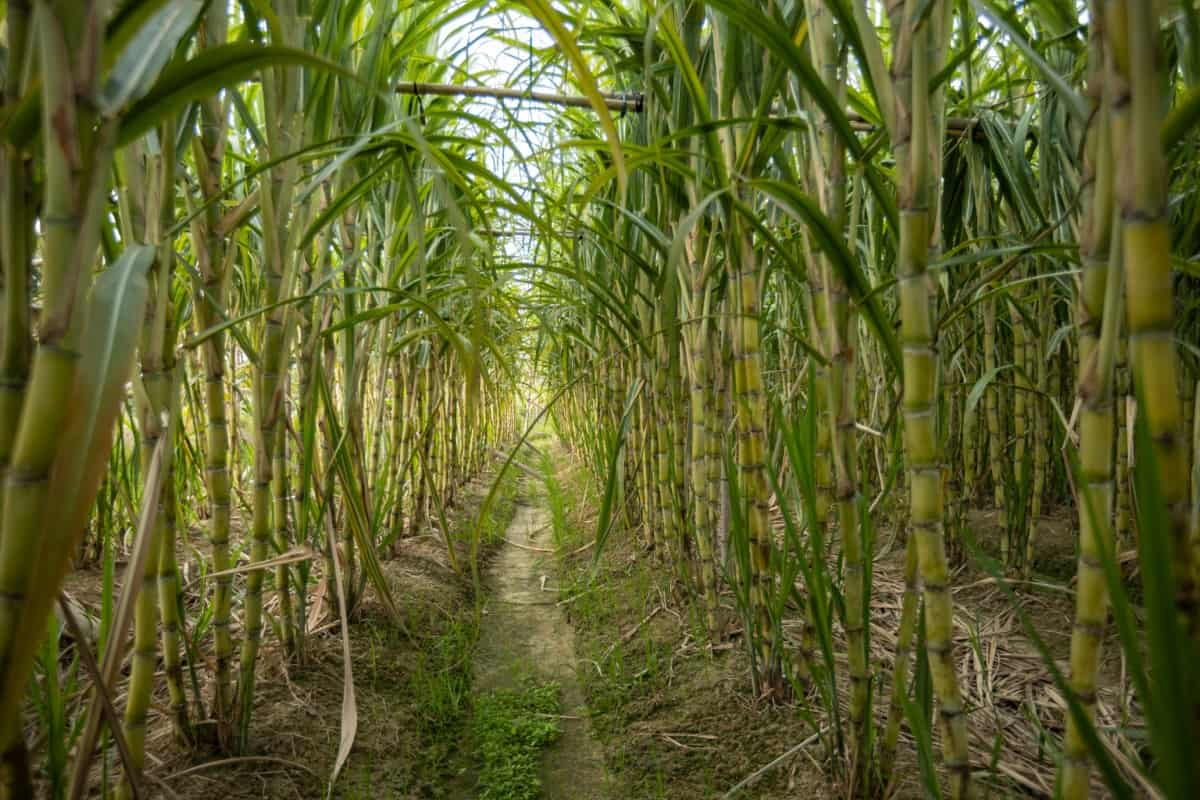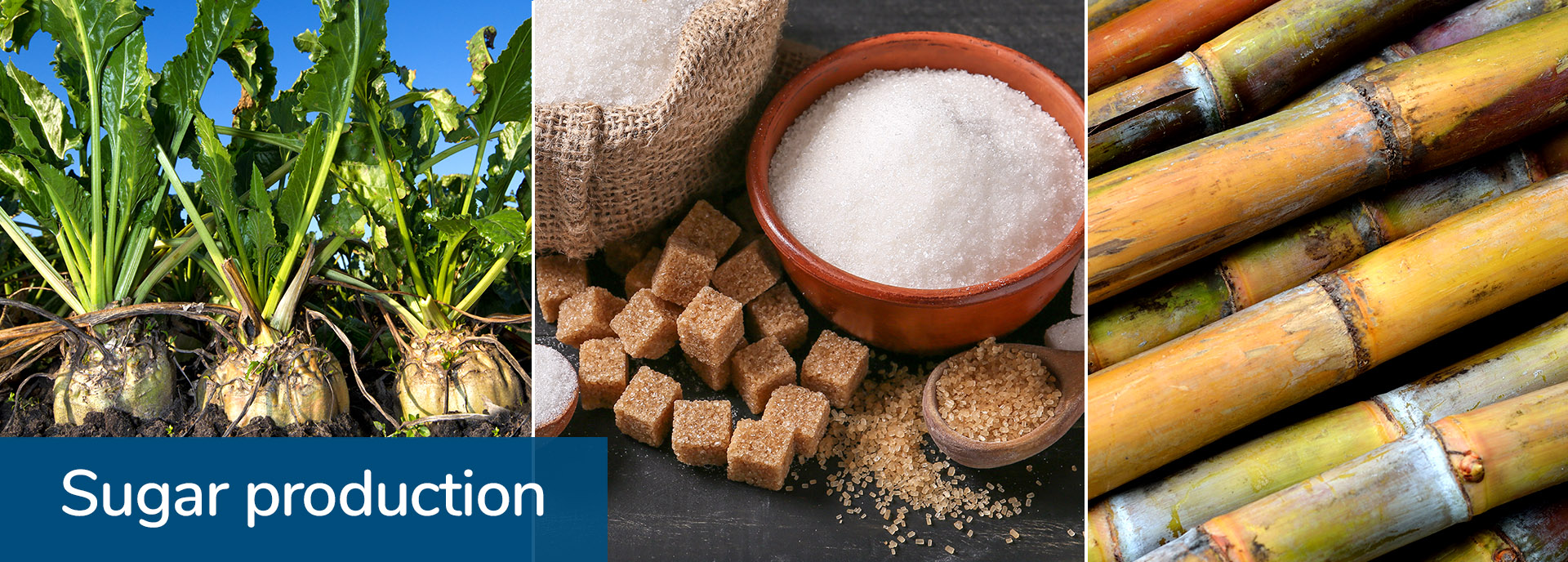What Is Sugar Cane Used For? Pros, Cons, and Emerging Trends
Understanding the Diverse Functions of Sugar Cane in Agriculture and Production
Sugar Cane plays an important role in both farming and manufacturing. As a major cash money plant, it impacts economies in exotic areas. Its adaptability extends beyond sugar production to biofuels and naturally degradable products. In addition, sugar Cane farming promotes dirt wellness and biodiversity. However, the complete scope of its payments and potential in lasting practices remains to be explored. What ingenious actions could improve its role in future agricultural systems?
The Agricultural Significance of Sugar Walking Cane
Sugar Cane plays a necessary duty in farming, adding significantly to the economic climates of many tropical and subtropical areas. This yard varieties flourishes in warm environments, calling for adequate sunlight and water, making it an ideal crop for these locations. Sugar Cane is primarily grown for its high sucrose content, which offers as a vital basic material for sugar manufacturing. In addition, it plays a considerable duty in dirt conservation by protecting against erosion and improving dirt fertility through its development cycles. Sugar cane's comprehensive origin system aids in water retention, profiting surrounding crops. Moreover, the crop sustains regional communities by providing environment and food for numerous wild animals varieties. Farmers frequently integrate sugar Cane into crop turning systems, boosting biodiversity and agricultural resilience. The growing of sugar Cane not just satisfies neighborhood food demands but likewise promotes sustainable agricultural methods, promoting long-term ecological health in farming areas.
Economic Payments of Sugar Cane Growing
Sugar Cane is often forgotten, its financial contributions are significant, especially in creating nations where it serves as an important cash plant. The farming of sugar Cane creates significant revenue for countless farmers, offering livelihoods and promoting country advancement. As a functional plant, it supports numerous industries, consisting of sugar manufacturing, biofuels, and pharmaceuticals, consequently stimulating regional economic situations.
In addition, sugar Cane cultivation advertises work creation in agricultural industries, refining centers, and transport networks. It additionally adds to fx profits through exports, improving national financial security. In regions such as Brazil and India, sugar Cane plays a crucial duty in agricultural exports, bolstering profession balances.
Furthermore, the crop's by-products, like bagasse and molasses, use additional financial possibilities, made use of in energy generation and animal feed. Thus, the economic influence of sugar Cane expands beyond simple farming, influencing broader industrial and agricultural landscapes.
The Process of Sugar Production From Walking Cane

The trip from sugar Cane to refined sugar entails several key phases that highlight the intricacy of sugar production. Mature sugar Cane stalks are harvested and transferred to refining facilities. What Is Sugar Cane Used For. The Cane is after that crushed to draw out juice, which has a high focus of sucrose. This juice undertakes information, where contaminations are removed, typically using lime and warmth
Next, the clarified juice is vaporized to concentrate the sugar content. The resulting syrup is after that subjected to crystallization, permitting sugar crystals to develop. These crystals are divided from the staying syrup with centrifugation and washed to remove any type of recurring molasses.
The final phase entails refining, where sugar crystals are further cleansed and blonde, resulting in the white granulated sugar frequently used in food items. This meticulous process emphasizes the detailed journey from raw Cane to the sugar that plays a crucial duty in different cooking applications.
Sugar Cane as a Resource of Biofuels
As passion in renewable energy resources expands, sugar Cane has actually become a considerable candidate for biofuel manufacturing. The plant's high sugar material enables efficient fermentation processes, transforming sugars right into ethanol. This biofuel serves as a renewable option to nonrenewable fuel sources, lowering greenhouse gas exhausts and advertising energy sustainability.
Nations like Brazil have actually long used sugar Cane for ethanol, establishing considerable production infrastructure that sustains both domestic power requirements and international export. The cultivation of sugar Cane for biofuel has also developed financial possibilities, particularly in backwoods, where it creates work and supports local farming.
In addition, sugar Cane biofuels can be integrated right into existing gas systems, making them a sensible solution for moving away from conventional power resources. As technical advancements continue to enhance production efficiency, sugar cane's duty in biofuel advancement is positioned to expand, even more contributing to international efforts towards renewable resource adoption.
Ingenious Usages of Sugar Cane in Biodegradable Plastics
A growing number of manufacturers and researchers are checking out ingenious usages of sugar Cane in the production of eco-friendly plastics. Sugar cane, abundant in sucrose, can be refined to create polylactic acid (PLA), a biopolymer that acts as a choice to petroleum-based plastics. This bioplastic can be used in different applications, consisting of product packaging, non reusable flatware, and farming movies.
The use of sugar cane-derived PLA presents several benefits, such as lowered dependancy on nonrenewable fuel sources and the capacity for reduced carbon exhausts during production. In addition, sugar walking cane's eco-friendly have a peek at this site nature makes it an appealing option in the pursuit for sustainable products. Current innovations in processing techniques have boosted the efficiency and cost-effectiveness of producing these bioplastics, promoting higher fostering in the market. As the need for green services grows, sugar Cane attracts attention as a beneficial source in the change towards greener production methods.
Ecological Benefits of Sugar Cane Farming

In enhancement, sugar Cane calls for much less water contrasted to various other plants, making it ideal for growing in arid regions. Efficient use plant residues, such as bagasse, can minimize waste and give renewable power resources. Sugar Cane farming can assist in the facility of agroforestry systems, creating a synergistic relationship in between trees and crops. These practices not only secure the environment yet also advertise sustainable agricultural techniques, eventually profiting neighborhood communities and communities.
The Future of Sugar Cane in Sustainable Practices

Furthermore, the possibility for sugar Cane to contribute to sustainable power resources is getting grip. Biofuels stemmed from sugar Cane can especially decrease carbon exhausts contrasted to fossil gas, lining up with worldwide environment goals. Additionally, innovations in waste management permit the usage of by-products, further minimizing environmental effect.
Research study into drought-resistant sugar Cane varieties is additionally underway, providing durability versus environment adjustment. As stakeholders throughout the market welcome these lasting methods, sugar Cane is positioned to play a vital function in cultivating farming sustainability, ensuring its importance in future markets and adding favorably to eco-friendly equilibrium.

Frequently Asked Inquiries
Exactly How Does Sugar Cane Affect Dirt Health And Wellness and Fertility?
The influence of sugar Cane on soil wellness and fertility is considerable. Its considerable root system boosts dirt structure, while natural matter from rotting fallen leaves contributes crucial nutrients, promoting total fertility and sustaining diverse microbial life.
What Are the Labor Problems for Sugar Cane Workers?
Labor problems for sugar Cane workers differ commonly, typically defined by long hours, reduced important site incomes, and harmful atmospheres. Many face obstacles such as lack of accessibility to healthcare and inadequate safety actions against dangerous problems.
Can Sugar Cane Be Grown in Non-Tropical Climates?
Sugar Cane normally prospers in tropical climates as a result of its heat and moisture requirements. Particular non-tropical regions may effectively grow it with details farming techniques, though returns and quality may be considerably reduced.
What Pests Generally Threaten Sugar Cane Crops?
Pests threatening sugar Cane plants include the sugarcane borer, aphids, and nematodes. These organisms can substantially impact crop return, requiring reliable pest monitoring techniques to ensure healthy growth pop over to this web-site and take full advantage of farming productivity.
Exactly How Does Sugar Cane Growing Effect Local Communities?
The growing of sugar Cane significantly affects regional neighborhoods by offering employment possibilities, promoting economic development, and affecting social structures. Additionally, it can bring about ecological difficulties, affecting farming techniques and community health and wellness in the region.
Sugar Cane is largely grown for its high sucrose material, which serves as an important raw material for sugar production. Farmers often incorporate sugar Cane right into plant turning systems, improving biodiversity and farming durability. The journey from sugar Cane to polished sugar involves numerous crucial stages that highlight the intricacy of sugar production. The last stage entails refining, where sugar crystals are additional detoxified and bleached, resulting in the white granulated sugar commonly made use of in food products. The plant's high sugar web content enables reliable fermentation processes, converting sugars right into ethanol.